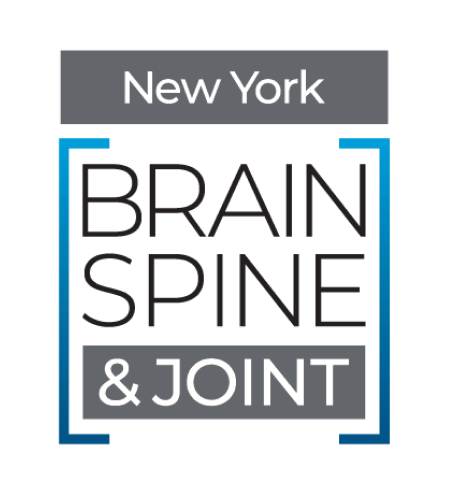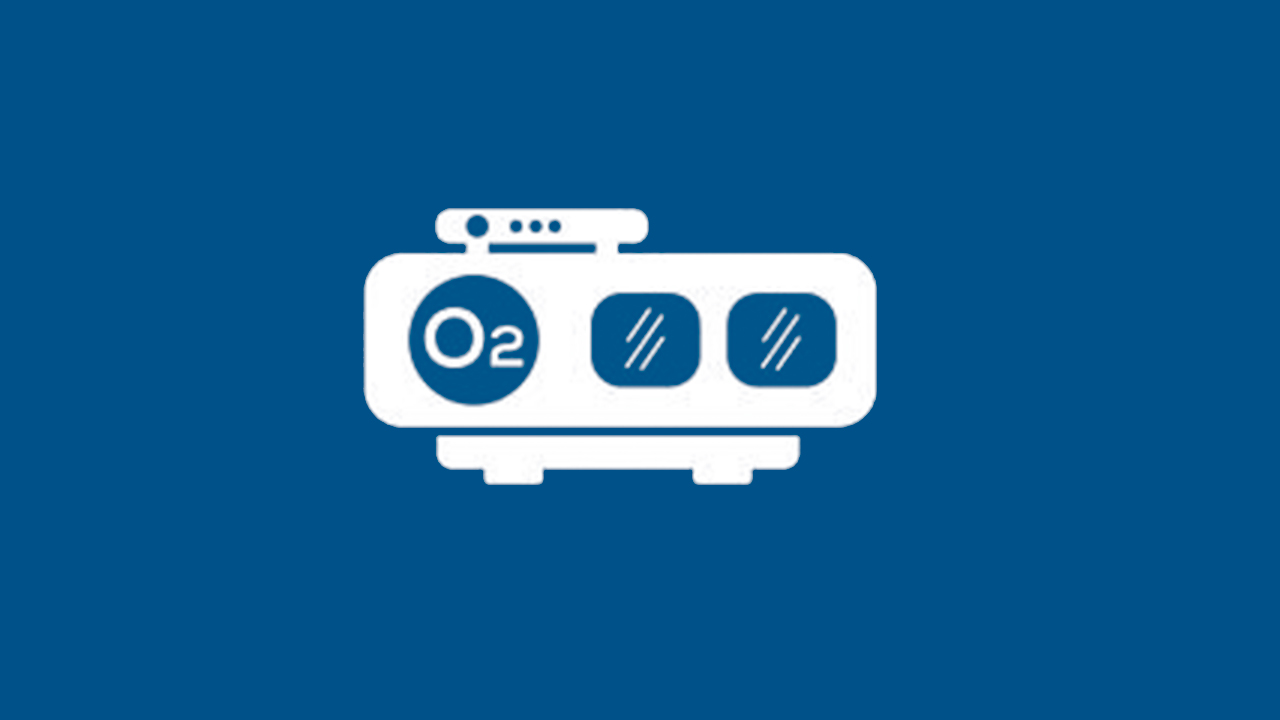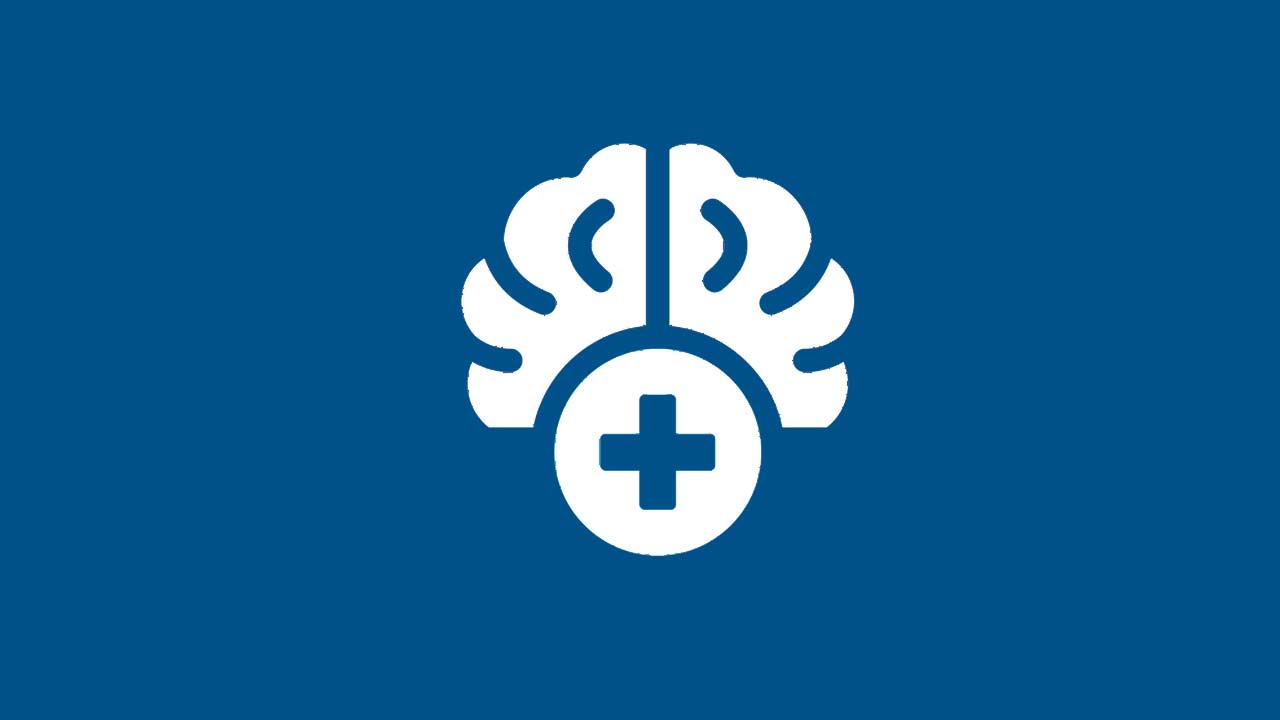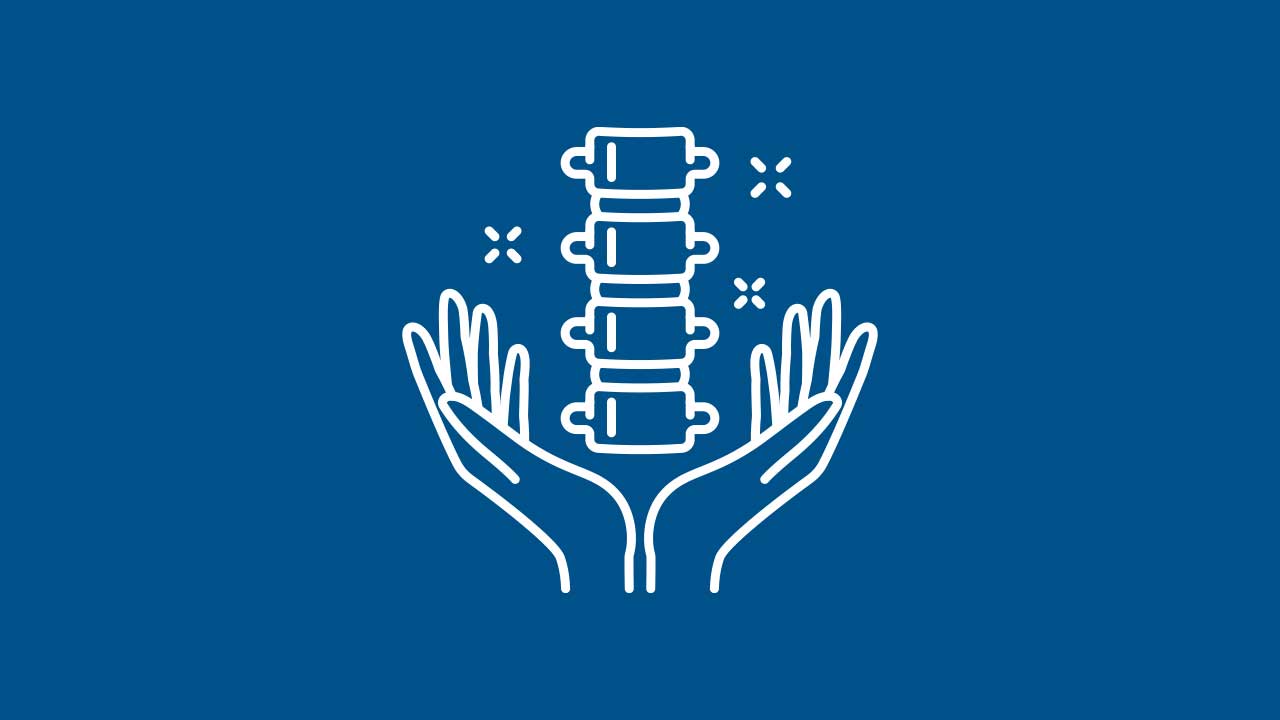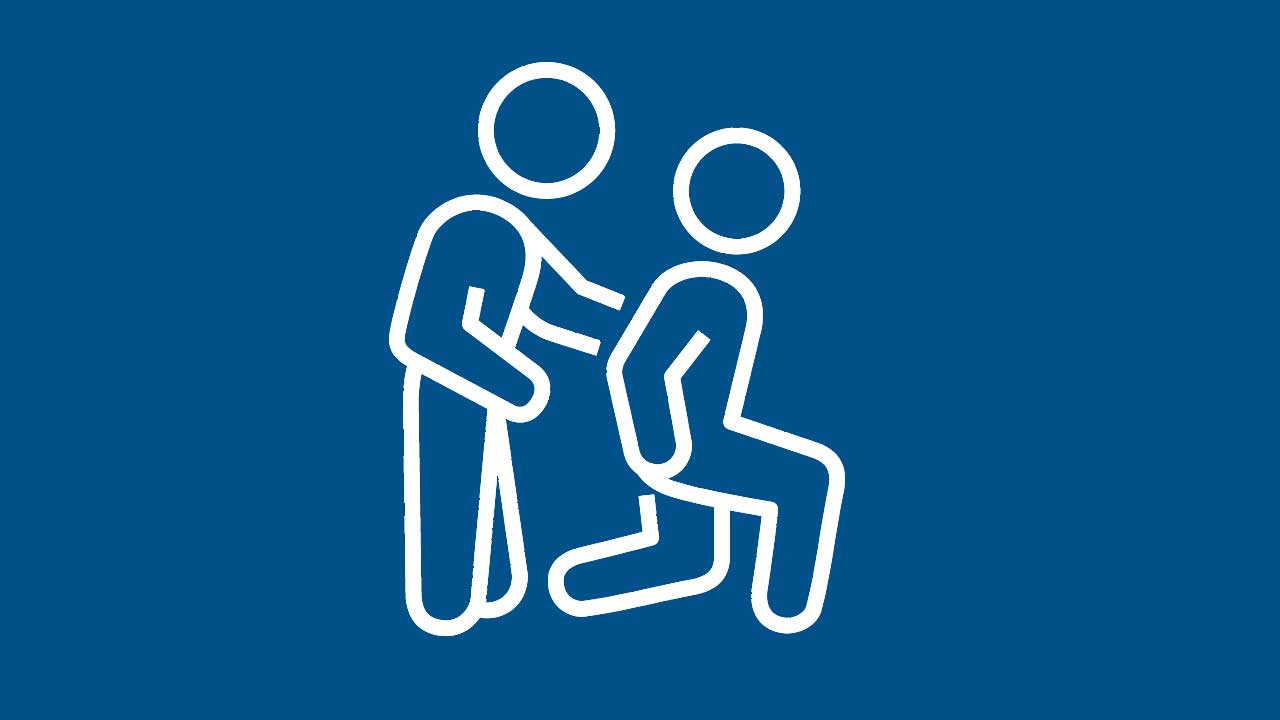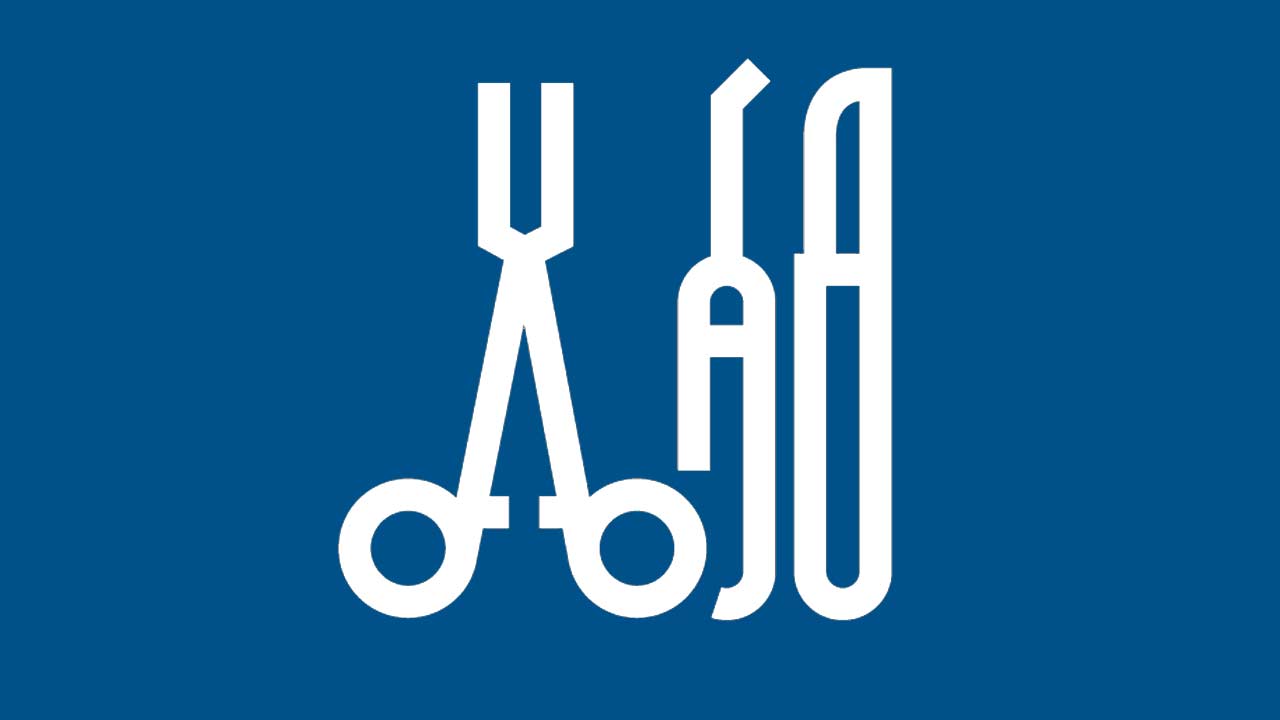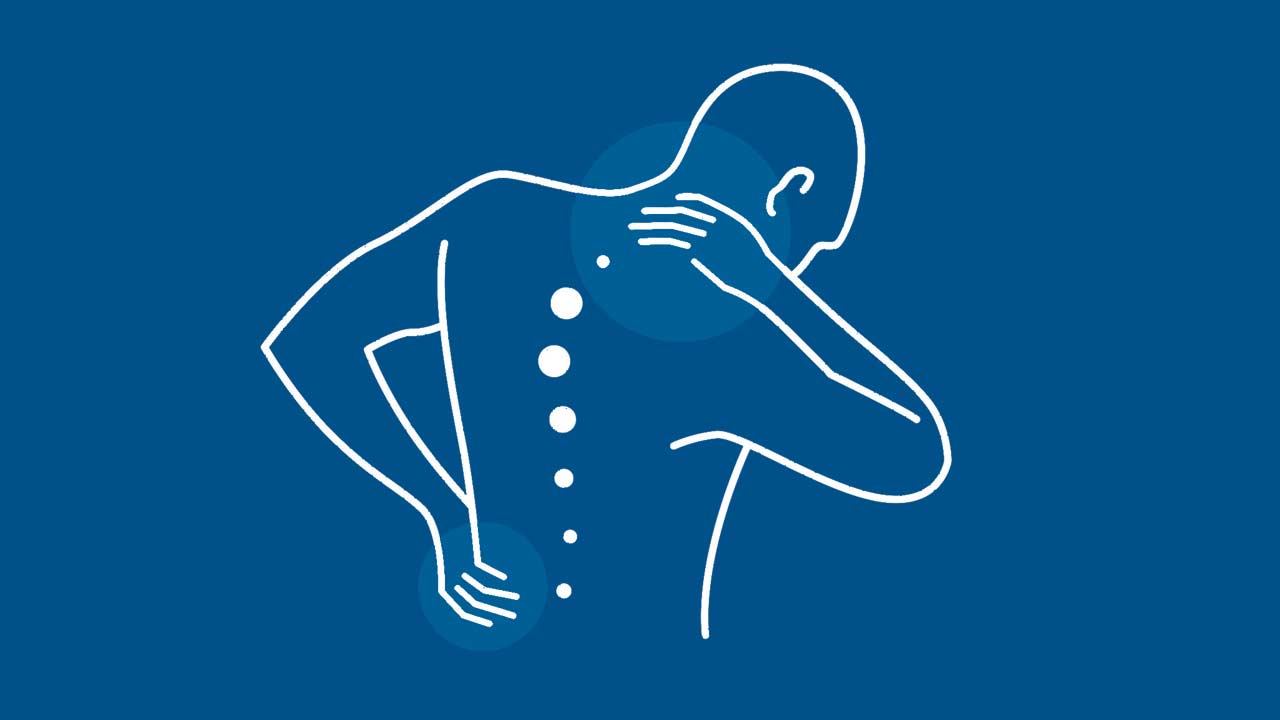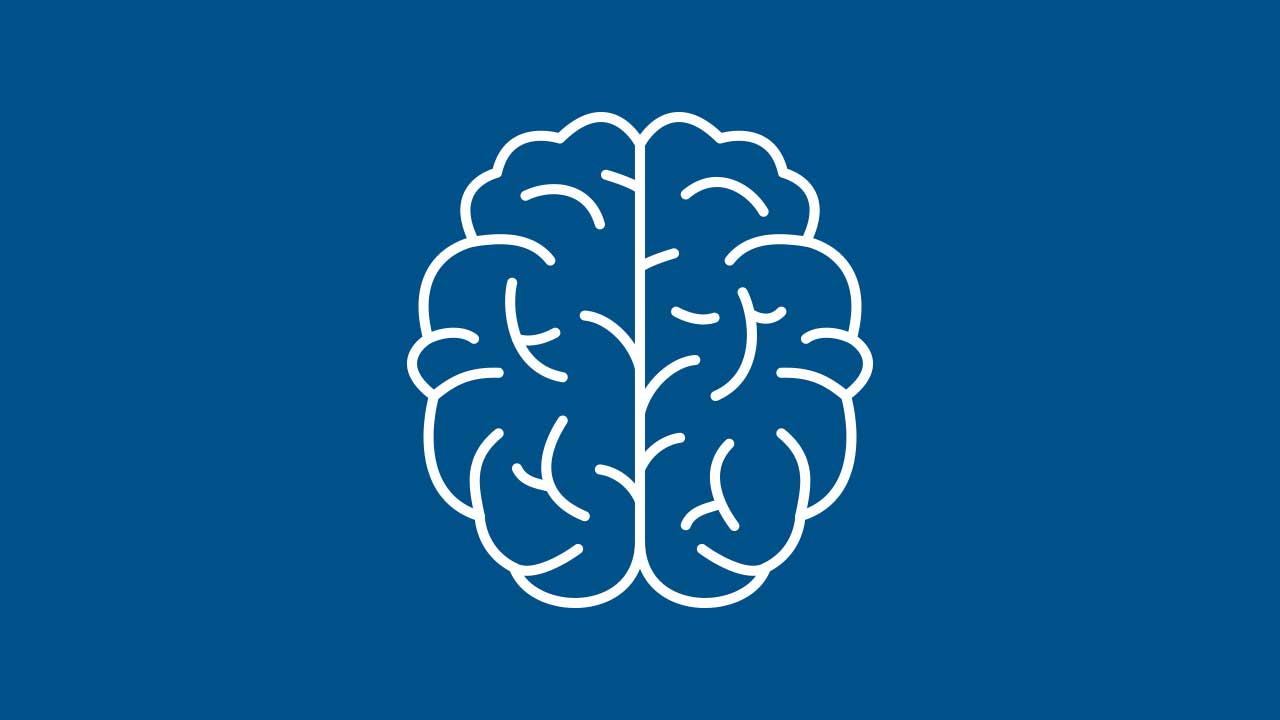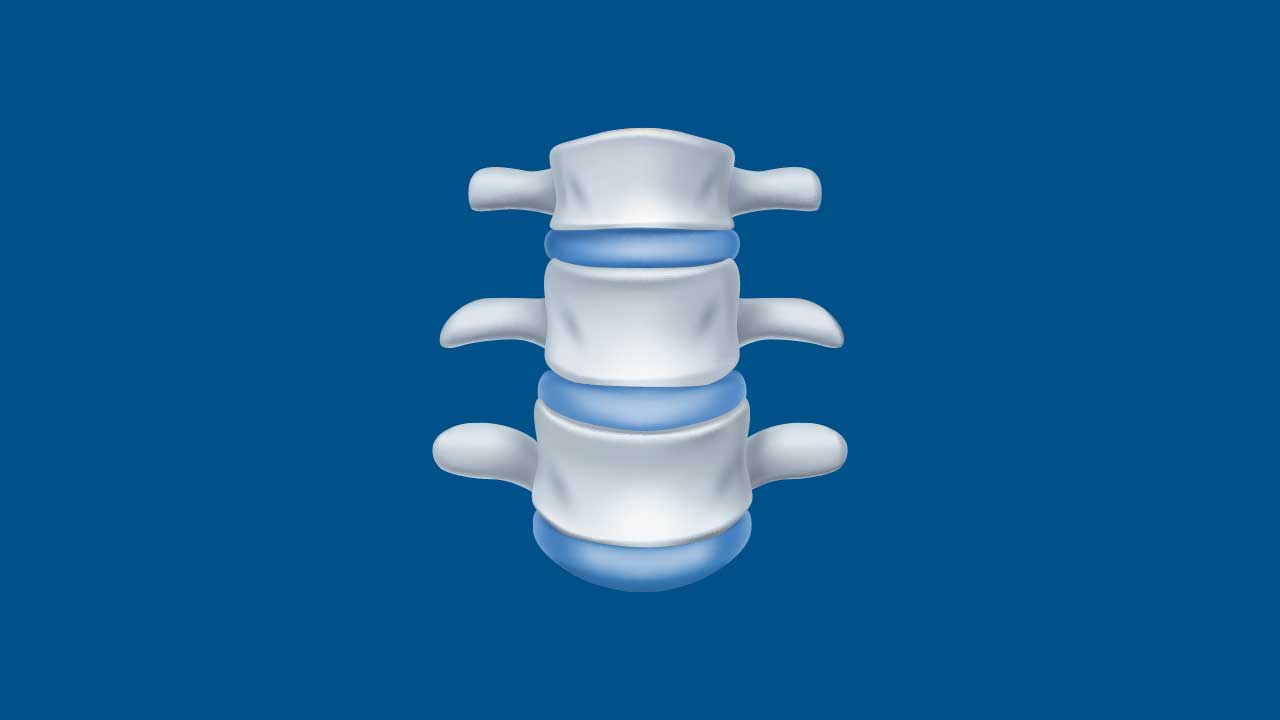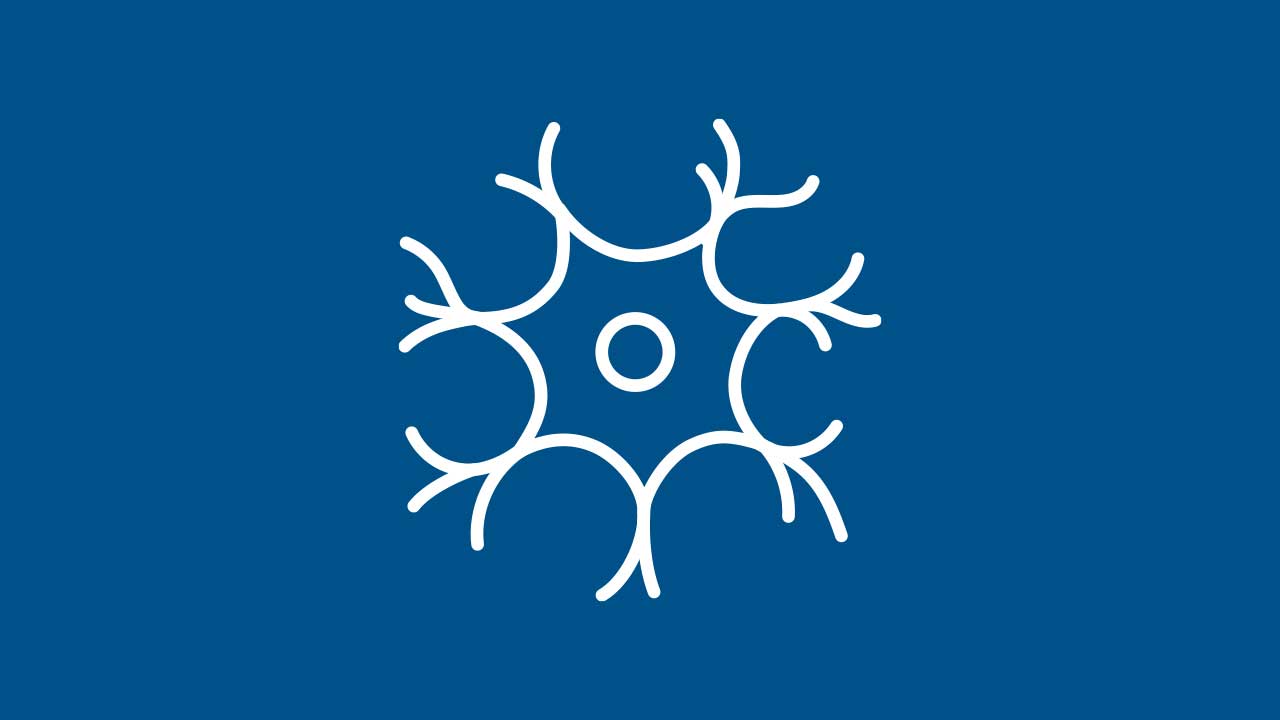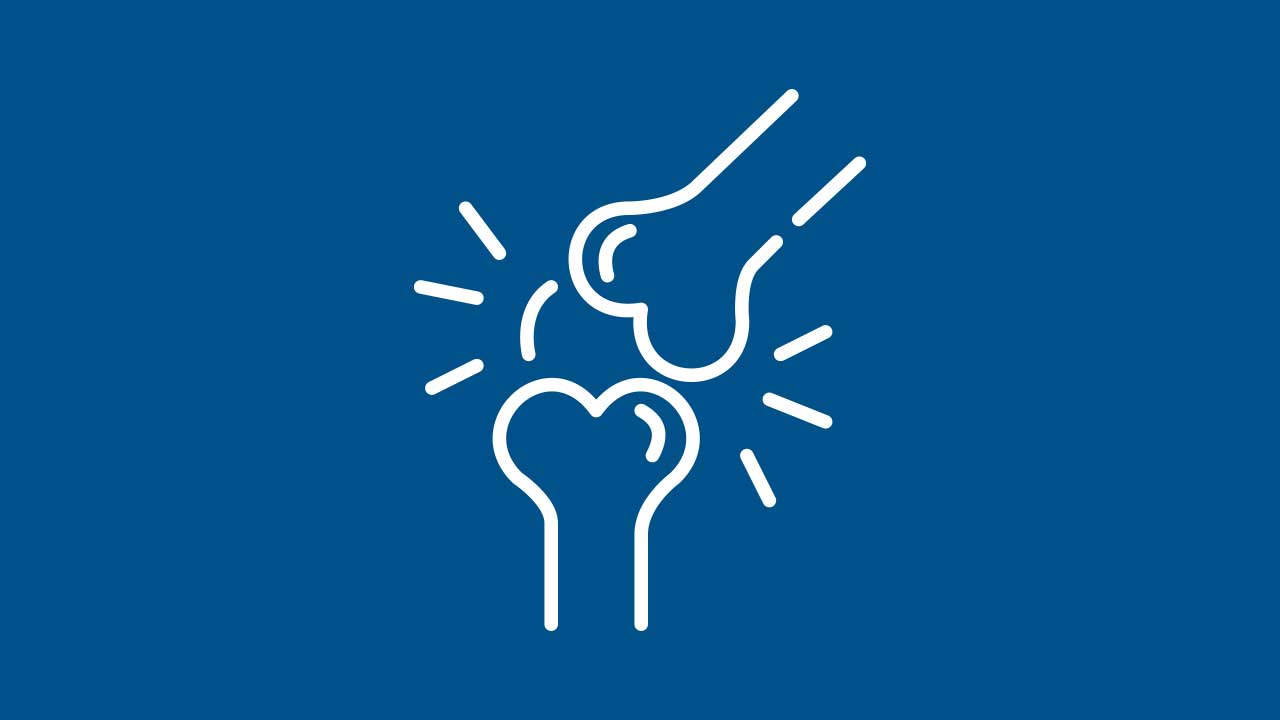Radiculopathy
Radiculopathy: Causes, Symptoms, and Treatment Options
Radiculopathy refers to irritation or compression of one or more spinal nerve roots. This can occur in the cervical, thoracic, or lumbar regions of the spine, leading to pain, numbness, or weakness in areas of the body served by the affected nerve. Radiculopathy is often caused by conditions such as a herniated disc, spondylosis, or spinal stenosis.
Understanding Radiculopathy
Each nerve root branching from the spinal cord travels through an opening between vertebrae to supply specific muscles and skin regions (dermatomes). When a disc or bone spur compresses a nerve root, signals traveling to and from the brain can be disrupted, resulting in pain or other neurological symptoms.
Causes and Risk Factors
- Disc Herniation
A bulging or ruptured disc may press on nearby nerve roots. - Bone Spurs (Osteophytes)
Arthritic changes produce excess bone that narrows nerve passageways. - Spinal Stenosis
A narrowing of the spinal canal or neural foramina can lead to nerve compression. - Tumors or Cysts (Rare)
Abnormal growths within or near the spine can impinge on nerve roots. - Injuries
Fractures, dislocations, or trauma may damage discs or directly compress nerves.
Common Symptoms
- Radiating Pain: Can travel from the neck into the arms (cervical radiculopathy) or from the lower back into the legs (lumbar radiculopathy).
- Numbness and Tingling: “Pins and needles” sensations following a nerve’s distribution pattern.
- Muscle Weakness: Potential difficulty lifting objects, walking, or maintaining grip strength.
- Reflex Changes: Diminished reflex responses in the affected limbs.
Diagnosis
- Medical History and Physical Examination
A clinician checks sensory, motor, and reflex changes, correlating them with the suspected nerve root. - Imaging Tests
MRI: The gold standard for visualizing soft tissue, such as discs and nerve roots.
X-rays: Can show bone spurs or misalignments.
CT Scan: May be used if MRI is contraindicated. - Electromyography (EMG)/Nerve Conduction Studies
Evaluate electrical activity and detect nerve root damage or compression.
Non-Surgical Treatment Options
- Medications
NSAIDs, oral steroids, or nerve pain medications (e.g., gabapentin) can alleviate inflammation and nerve pain. - Physical Therapy
Exercises and manual techniques to optimize spinal alignment and relieve nerve pressure.
Traction may be employed in certain cases to gently separate vertebrae. - Spinal Injections
Epidural steroid injections or nerve blocks reduce localized inflammation and pain. - Activity Modification
Avoiding activities that exacerbate pain; using ergonomic workspaces and proper body mechanics.
Surgical Treatment Options
- Decompression Procedures: Microdiscectomy, laminectomy, or foraminal widening to remove material impinging on nerve roots.
- Fusion or Stabilization: If instability is contributing to nerve compression, vertebrae may be fused or stabilized with hardware.
- Minimally Invasive Techniques: Smaller incisions, less tissue disruption, and potentially faster recovery.
Recovery and Rehabilitation
- Immediate Postoperative Care: Focuses on pain management, preventing complications, and initiating gentle movement.
- Physical Therapy: Critical for regaining strength, flexibility, and correct posture post-treatment.
- Lifestyle Changes: Encouraged to prevent recurrent nerve compression (e.g., maintaining a healthy weight and fitness routine).
Our Multi-Disciplinary Approach in NYC
Our multi-location practice in the New York City metro area treats radiculopathy using state-of-the-art diagnostic tools and a team-based approach. Patients benefit from neurosurgeons, orthopedic spine surgeons, pain specialists, and rehabilitation experts working together to develop targeted, personalized treatment plans.
Additional Resources
Disclaimer
